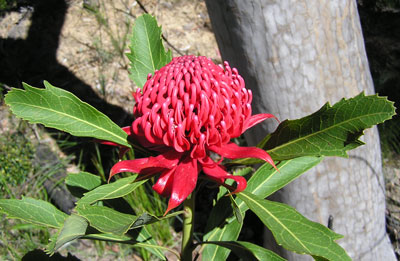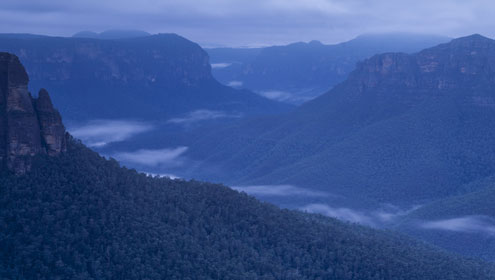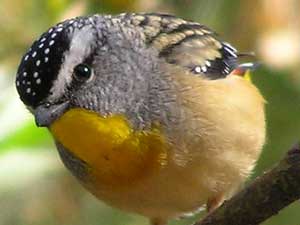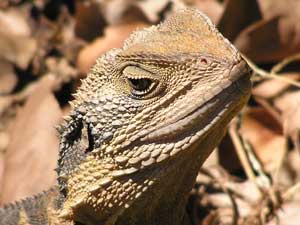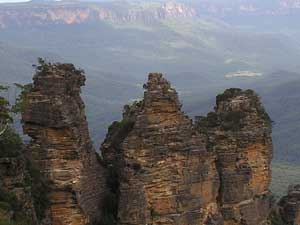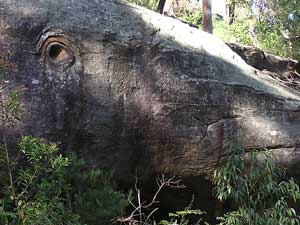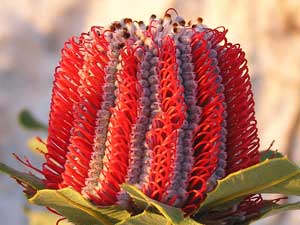
Australian flora and fauna
(* Australian Biological Resources Study)
You're welcome to use our images for any non-commercial use - just acknowledge our website.
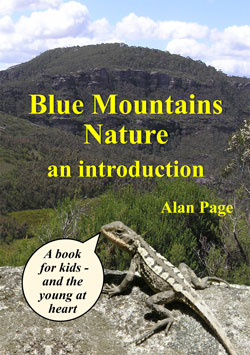
It's an introduction to the wonders of nature; an invitation to look and learn in their garden and in the bush.
The 100 page book describes over 70 common native species and includes 200 images. It's an A5 spiral bound book for easier handling.
Here's an example of the Echidna, Eastern Spinebill, Kookaburra and orchids pages.
It is presented as a personal diary with the description of each animal and plant followed by a suggestion of what to look for in their garden and the bush. A set of questions is then asked that can be ticked off.
The book is available at most bookshops in the Blue Mountains.
For enquiries and orders please contact Alan Page at this email address.
Waratah Software is proud to announce the development of a new website which focuses on Blue Mountains nature.
In collaboration with Ian Brown - the foremost Blue Mountains nature photographer - the website showcases our natural heritage and artistic endeavours.
You will find the website here.
♦ About Birds + our index
♦ Parrots
♦ Water Birds
♦ Black Birds
♦ Small Birds & Honeyeaters
♦ Large Birds & Birds of Prey
♦ Australian King-Parrot
♦ Channel-billed Cuckoo (juvenile)
♦ Crimson Rosella
♦ Laughing Kookaburra
♦ Rainbow Lorikeet
♦ Sulphur-crested Cockatoo
♦ Tawny Frogmouth
♦ Jacky Lizard
♦ Mountain Dragon
♦ Skinks
♦ Southern Leaf-tailed Gecko
♦ Golden Orb-weaving Spider
♦ St. Andrew's Cross Spider
Our wildflowers webpages contain over 300 species.
Species are divided into 6 webpages based on botanical families.
We have recently combined acacias and peaflowers (Fabaceae family) on their own webpage, and have eucalypts and tea-trees (Myrtaceae family) in their own webpage.
Our wildflowers webpages contain over 200 species and have been divided into 5 webpages based on botanical families. Plus there's a weeds webpage to separate the endemic from the epidemic.
♥ Coast Banksia
♥ Fern-Leaved Banksia
♥ Hairpin Banksia
♥ Heath Banksia
♥ Old Man Banksia
♥ Silver Banksia
♥ Western Australian Banksias
♥ Western Australian Orchids
♥ Drumsticks & Conesticks
♥ Flannel Flowers
♥ Kangaroo Paws
♥ the Mountain Devil
♥ Spider Flowers - Grevilleas
♥ Sturt's Desert Pea
♥ Sweet Pittosporum
♥ the Waratah
